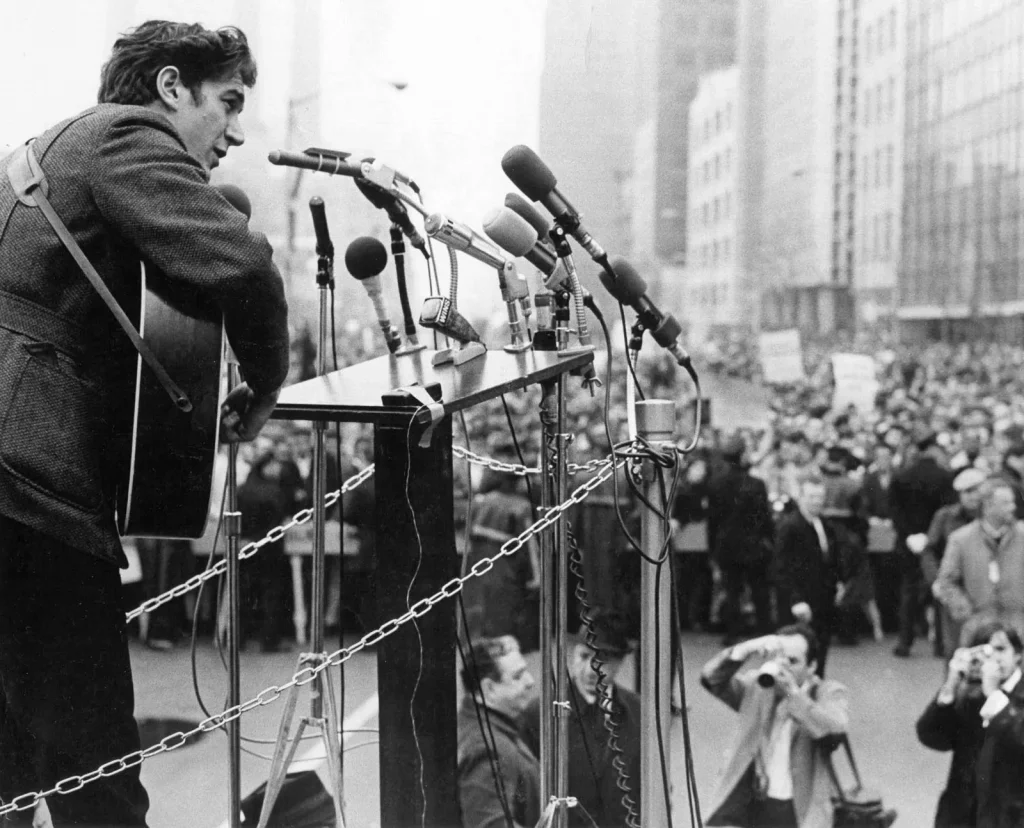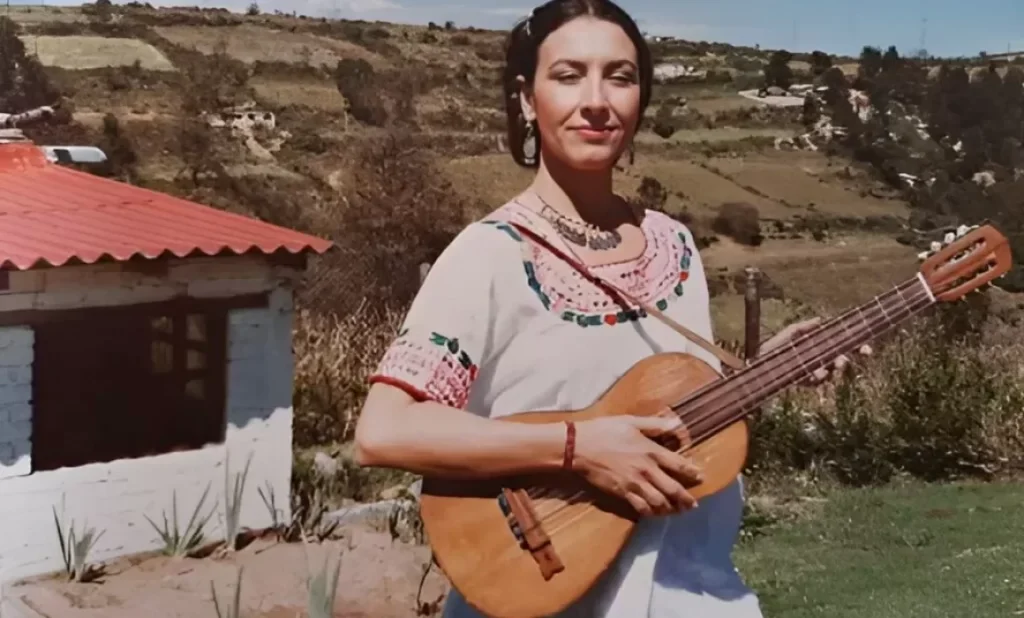
As the capital of Québec, Montréal is home to around 40% of the province’s population—approximately 2 million people, as of 2021. The city was originally settled by the Iroquois along the Saint Lawrence River before being established as Ville-Marie in 1642 by Catholic missionaries. Nearly a century earlier, in 1535, Jacques Cartier documented his visit to the Indigenous village of Hochelaga, a thriving community of around 1,500 inhabitants at the foot of Mount Royal. However, by the time the missionaries arrived, no trace of Hochelaga remained. Montréal’s location, at the confluence of the Saint Lawrence and Outaouais Rivers in southwestern Québec, was ideal for settlement due to its access to natural resources.



By the late 18th century, Montréal’s cultural landscape had begun to flourish with the construction of theaters, organized tours, and a growing concert-going audience. In 1789, composer and poet Joseph Quesnel, along with painter Louis Dulongpré, established the Théâtre de Société, where Quesnel premiered Colas et Colinette, recognized as the first Canadian opera, in 1790. The city’s theatrical development continued in 1825 with the opening of the Théâtre Royal, located on the site of today’s Marché Bonsecours, which attracted talented singers from Europe and the United States.
Since the 19th century, Montréal’s vibrant musical scene has thrived through clubs and organizations dedicated to enriching public performances. The Ladies’ Morning Musical Club, established in 1892, welcomed legendary performers such as Vladimir Horowitz, Arthur Rubinstein, Glenn Gould, Isaac Stern, Jean-Pierre Rampal, and Pierrette Alarie. In 1919, Elizabeth Griswold Waycott founded the Delphic Study Club, which hosted an annual music week from 1923 to 1937, featuring free concerts in theaters, shops, schools, churches, and other public spaces. Another significant contribution came in 1948 with the founding of Société Pro Musica by Gertrude Constant Gendreau, known for its diverse programming of local and international musicians.

Beginning in 1979, the Prix Gertrude Gendreau has recognized outstanding Montréal students, while several major music institutions have made the city their home–including Youth and Music Canada (since 1949), the Canadian Music Center’s Quebec branch (since 1973), the Quebec Music Council (since 1987), and the World Musicians’ Centre (since 2017). From 1965 to 1980, the Montréal International Music Competition awarded a special prize for the best interpretation of a compulsory piece composed by a Canadian artist.

Montréal has hosted major international events, including the 1967 World’s Fair (Expo 67) and the 1976 Summer Olympics, further cementing its reputation as a global cultural hub. Today, the city is home to four universities and numerous research centers, as well as key institutions like the Bibliothèque et Archives nationales du Québec (Quebec National Library and Archives) and the Radio-Canada Museum. Montreal’s rich arts scene includes a network of cultural centers, theaters, event spaces, and museums. The city also boasts two symphony orchestras and a prestigious opera house, reinforcing its status as a thriving center for artistic and intellectual life.
This according to MGG Online’s featured article of the month by Ariane Couture, entitled Montréal.


























